As the number of cord-cutters and cord-nevers continues to grow, this large digital audience is creating new opportunities for advertisers, especially around the 2020 elections. It’s unclear if Donald Trump and the Republicans gain enough votes to continue the MAGA agenda or if the Democrats will gather enough support to make Trump a one-term president. But there will be one clear winner from the 2020 elections, OTT advertising. Here are some reasons why OTT and Connected TV advertising will rule the 2020 elections.
OTT vs CTV: What’s The Difference Between OTT And CTV?
Before we review the reasons why OTT advertising will be so important to the 2020 elections, let’s answer some basic questions.
- OTT: OTT is an acronym for “over-the-top” meaning video content delivered over the top of the cable, satellite, and broadcast TV system. That content can be delivered to your TV, but also to your smartphone, tablet or computer. Basically any device capable of playing Internet video content is considered an OTT device.
- CTV: A Connected TV (CTV) is a TV that is connected to the Internet either via its built-in Smart TV interface or another device like a Roku, Xbox, Apple TV or Amazon Fire TV stick.
Both OTT and Connected TV were mostly synonymous for many years. But as more people started casting their desktop and mobile devices to their TVs using technologies like Apple’s AirPlay, the term OTT evolved to include other devices.
SEE ALSO: OTT vs CTV – Everything Advertisers Need To Know About OTT And CTV Advertising
Targeting Individual Households Or An Audience Of One
Until the 2018 election cycle, most political advertising was just targeted to geographic areas or general user demographics. But starting in 2015, both Ted Cruz and Donald Trump’s election campaigns infamously used Cambridge Analytica to target individuals on social media platforms like Facebook.
That same level of individual targeting is now possible with OTT advertising, but this time anonymously. Instead of advertising to just regions or broad demographics, advertisers can now target very specific audience sets. For example, with relative accuracy, a political campaign could target a small group of voters as specific as single mothers who are registered democrats that live in Salt Lake City, Utah. New advertising technologies, like addressable geofencing and cross-device matching, enable advertisers to combine multiple data sources, and target potential voters at home and on their mobile, desktop and Connected TV devices.
In the years since the Cambridge Analytica scandal, new safeguards have been put into place to help prevent extreme manipulation and misuse of user data. Some examples include Facebook’s global adoption of GDPR and the March 2018 vote by the US Federal Election Commission (FEC) on new rules for digital political ads.
Niche Messaging
In addition to using advanced targeting to find the right audience, political advertisers also can also create and deliver different messaging to different audiences. Instead of showing the same generic ad to a mass audience, savvy political campaigns can create dozens or even hundreds of specific messages that better connect with niche voter groups.
Frequency Caps
One of the most annoying aspects of political advertising is the repetition of the ads that audiences are exposed to. With broadcast, there’s no way to accurately enable a frequency cap for an individual to an advertising campaign. But new digital advertising technologies enable advertisers to better cap how many times their campaigns are shown to individual devices and households. Although the technology isn’t perfect, it can provide a much better user experience for voters.
Connecting With Cord-Cutters & Cord-Nevers
Finally, one of the most important ways that OTT advertising can help political candidates, is by connecting with voters beyond the reach of traditional broadcast media. Pay-TV users continue to decline at steady rates. But audiences are still watching just as much video content, if not more. They are just doing so using streaming technologies.
Once a small fringe group of the population, cord-cutters have grown substantially over the last decade. Even Baby Boomers are starting to cut the cord in favor of cheaper monthly bills and the convenience of streaming in their senior years.
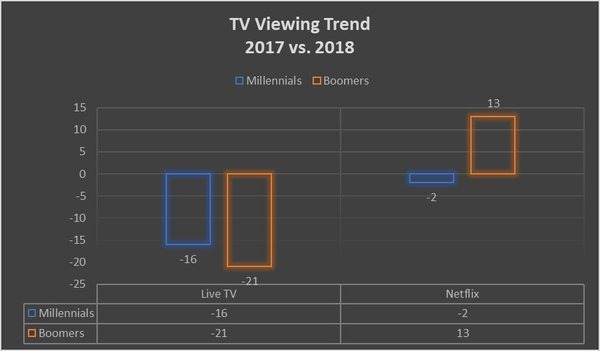
Another group of potential voters within the reach of OTT advertising is cord-nevers. This mostly younger group has grown up in cord-cutting households or just never chose to subscribe to pay-TV. They’ve never had a cable or satellite bill and likely never will.
OTT Advertising & The 2020 Elections

As an individual, it can start to feel uncomfortable knowing how well advertisers can target you. After all, technologies like addressable geofencing place small geofences over the footprint of your home. But unlike the 2016 election, your data is mostly anonymous for this targeting. Advertisers may know where you are, but not your name.
Both Connected TV advertising and OTT video advertising will play a major role in the 2020 elections. Hopefully, the ad networks, candidates, publishers, and platforms all play by the rules this time. The Cambridge Analytica scandal was bad for everyone.
There will be one clear winner from the 2020 elections, OTT advertising. Here are all the reasons why ... #OTTadvertising #2020elections #ott #maga #donaldtrump #adstreaming Share on XRelated Articles:
- How To Improve Your Movie At Home Viewing Experience
- The Golden Age Of Streaming: So Many Shows, So Little Time
- Why Roku Is Beating Amazon Fire, Apple TV, And Google Chromecast
- Really Scary Facts About Your Privacy On The Internet

Frank Wilson is a retired teacher with over 30 years of combined experience in the education, small business technology, and real estate business. He now blogs as a hobby and spends most days tinkering with old computers. Wilson is passionate about tech, enjoys fishing, and loves drinking beer.

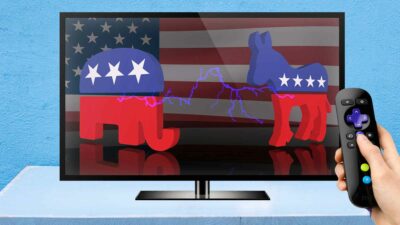












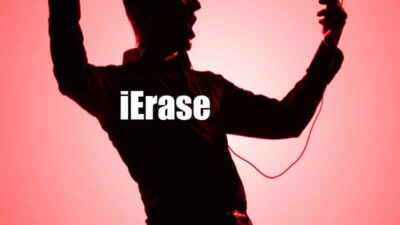




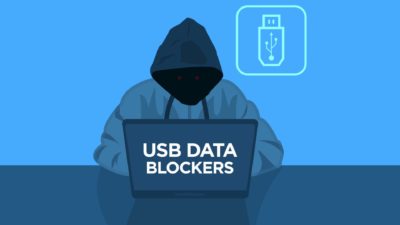


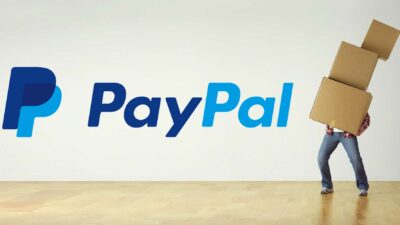
 Vote For The Best Office Space Stapler GIF
Vote For The Best Office Space Stapler GIF
Leave a Reply
You must be logged in to post a comment.